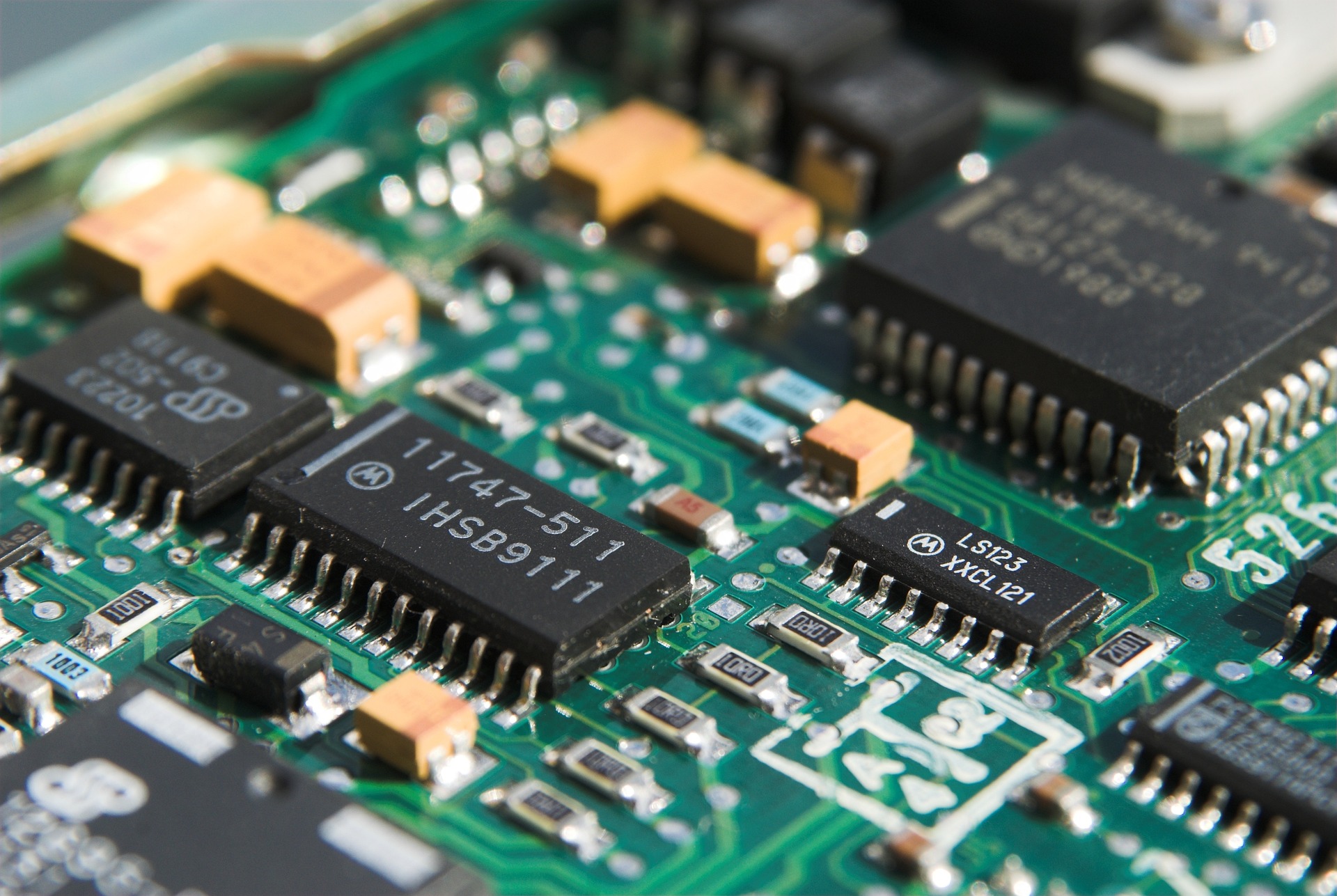The global semiconductor industry is going through a period of tremendous growth, driven by the increasing demand for chips in various sectors, including automotive, consumer electronics, and cloud computing. With the industry poised for continued growth, investment funds are rushing to make the most of this opportunity, including Goldman Sachs’ Japan Fund.
Goldman Sachs Asset Management Japan recently announced that it has invested over 1 trillion yen (about $9.2 billion) in the semiconductor industry, making it the largest Japanese investor in the sector. The fund has reportedly taken significant stakes in several semiconductor companies, including Japanese chipmaker Renesas Electronics, U.S. chipmaker Micron Technology, and Taiwan Semiconductor Manufacturing Company (TSMC).
The investment comes at a time when the global semiconductor industry is experiencing unprecedented demand, driven by the digital transformation of various industries and the rise of technologies such as 5G, artificial intelligence (AI), and the Internet of Things (IoT). According to a report by research firm Gartner, the worldwide semiconductor revenue is expected to reach $523 billion in 2021, representing a 12.5% increase from 2020.
Goldman Sachs’ move also follows the trend of other investment firms, which have also taken positions in the semiconductor industry. In March 2021, the SoftBank Group announced that it had invested $2.8 billion in Nvidia Corporation, a leading American semiconductor company. In the same month, BlackRock also reportedly increased its stakes in Micron Technology.
The semiconductor industry has also been gaining increasing attention from governments worldwide. In the U.S., President Biden’s infrastructure plan includes $50 billion for semiconductor research and development and $52 billion for domestic production of semiconductor chips. In Japan, the government is reportedly planning to provide more support to semiconductor companies as part of its efforts to reduce dependence on foreign suppliers.
Despite the positive outlook for the semiconductor industry, there are also concerns about the potential risks of investing in the sector. One of the major risks is the ongoing global shortage of semiconductor chips, which has led to production slowdowns in various industries, including the automotive industry. The shortage has been attributed to a combination of factors, including the COVID-19 pandemic, geopolitical tensions, and supply chain disruptions.
Another risk factor is the volatile nature of the semiconductor industry, which is characterized by cyclical demand patterns, intense competition, and rapid technological change. This means that companies operating in the industry must be able to adapt quickly to changing market conditions, invest in research and development to stay ahead of the curve, and manage their supply chains effectively to ensure a stable supply of chips.
In conclusion, Goldman Sachs’ move to invest heavily in the semiconductor industry underscores the increasing optimism about the sector’s future growth prospects. However, the industry also faces significant challenges and risks, including the ongoing global shortage of chips and the volatile nature of the industry. Investors must be aware of these risks and take appropriate measures to manage them while seeking to capitalize on the opportunities presented by the semiconductor industry’s growth.




